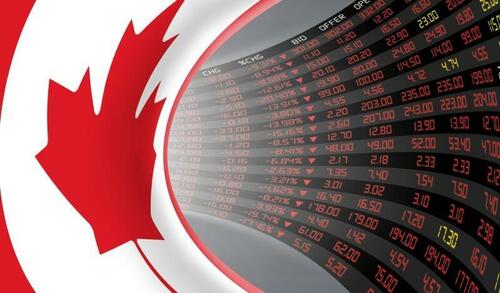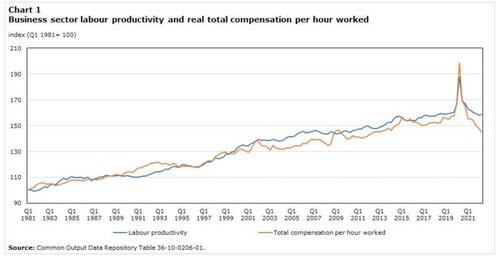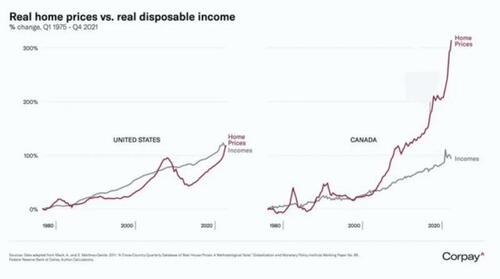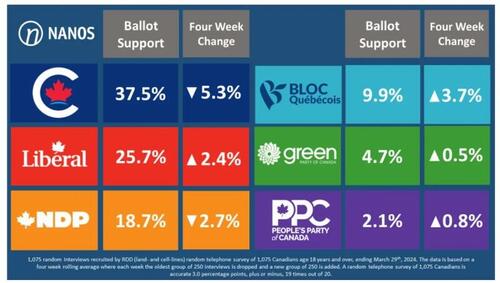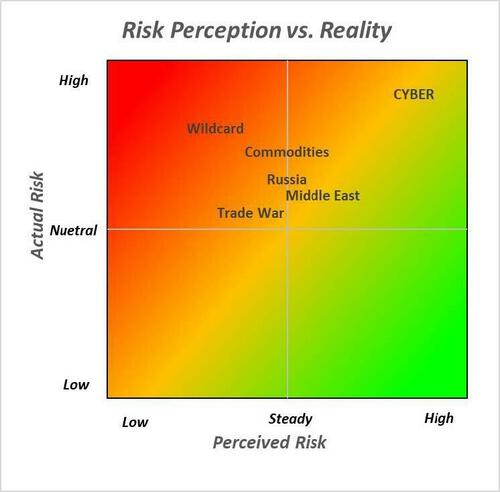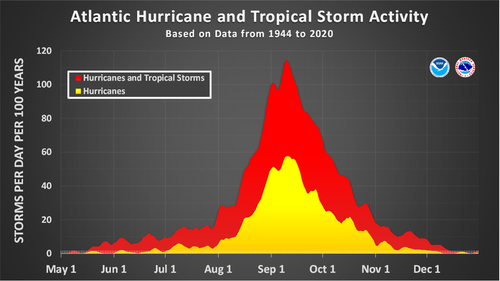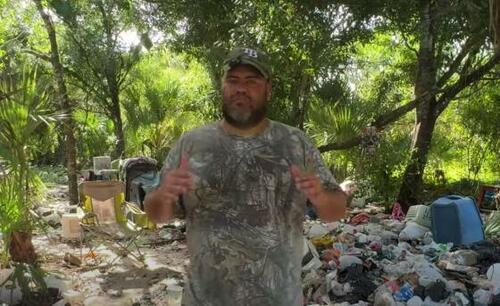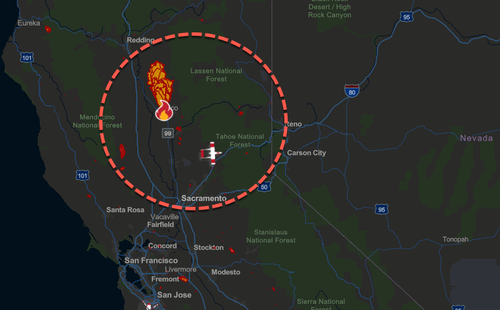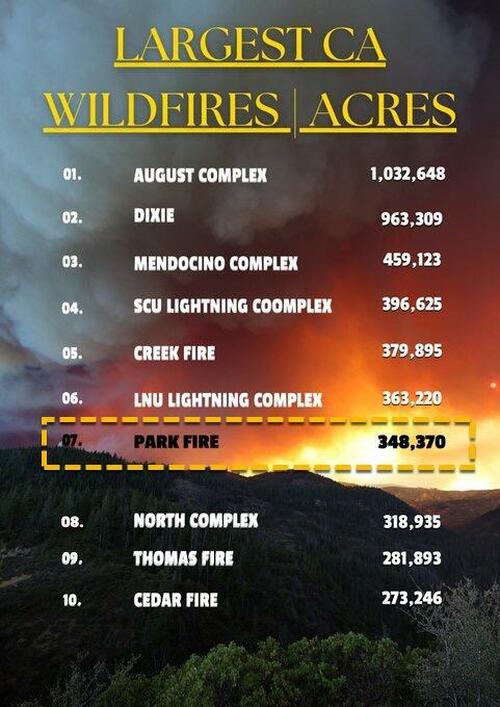How Capitalism Defeats Racism
Authored by Wanjiru Njoya via The Mises Institute,
In her essay “Racism,” Ayn Rand argues that racism – which she describes as “the lowest, most crudely primitive form of collectivism” – is incompatible with capitalism and can only be defeated through capitalism. She defines capitalism as “a social system based on the recognition of individual rights, including property rights, in which all property is privately owned.” She explains that a defense of private property and laissez-faire capitalism is the only way to defeat racism:
“There is only one antidote to racism: the philosophy of individualism and its politico-economic corollary, laissez-faire capitalism. … It is capitalism that gave mankind its first steps toward freedom and a rational way of life. It is capitalism that broke through national and racial barriers, by means of free trade. It is capitalism that abolished serfdom and slavery in all the civilized countries of the world.”
Walter Williams adopts a similar view of the role of capitalism in defeating racism. He argues that only in a capitalist system, where economic gains are made through free market exchange and not by seeking political preferences and protections, can minorities make economic progress:
“Free-market resource allocation, as opposed to allocation on political grounds, is in the interests of minorities and/or less preferred individuals. … The market encompasses a sort of parity nonexistent in the political arena, where one person’s dollar has the same power as anyone else’s.”
Williams’ point is that a racist seller of course wishes to sell his produce; therefore, he will not reject black buyers as he values their dollars as much as the dollars of white buyers. Most sellers would not consider it worth losing the sale simply to be true to their racist beliefs. Even in the case of a racist seller who is willing to pay a price for his desire not to transact with other races, a point is likely to come where his costs mount to a degree that he no longer considers it worthwhile to continue rejecting sales purely on racist grounds. This explains why even in the segregated states, many whites entered into commercial transactions with blacks. Williams writes:
“The fact that some blacks were able to earn a comfortable living and indeed become prosperous — in both the antebellum South, in the face of slavery and grossly discriminatory laws, and in the North, where there was at best only weak enforcement of civil rights — gives strong testament to the power of the market as a friend to blacks.”
Williams defends “free markets and the profit motive” against the charge that they reduce economic opportunities for victims of racism. He argues that on the contrary, even disadvantaged people can enjoy an advantage in free markets, based on the principle that “customers prefer lower prices to higher prices, and businessmen prefer higher profits to lower profits.” For example, a disadvantaged person could choose to work for a lower wage than his competitors in the labor market and thereby avoid both unemployment as well as the need to rely on the charity or largesse of others.
Williams acknowledges that in the absence of mandatory pricing, some may be charged higher prices than others for the same product based on their race. For example, a landlord may charge a higher rent to black tenants than to white tenants. In this case, we can stipulate that it is unfair for anyone to have to pay a higher rent than someone else based purely on his race. However, we must go further and ask: Unfair compared to what? What are the available alternatives? Williams points out that a black tenant may prefer to pay a higher rent than his white neighbor if the only alternative is to go without housing altogether. While the state can seek to equalize everyone’s rental payments and can even seek to force landlords to rent to all comers regardless of race, the state cannot force people to build or supply housing for rent, nor can the state itself undertake to house the entire population to “protect” them from having to encounter a racist landlord. Even the Soviet Union at the height of its power, when the state owned most of the housing stock and undertook to construct housing for the entire population, could not achieve that.
The risk of suffering unfairness in a free market must therefore be weighed against the hazards of marching down the path to communism in a misguided attempt to create “fair” conditions for everyone. In an argument echoed by Thomas Sowell in “The Quest for Cosmic Justice,” Williams argues that sound economic policy cannot be derived from a utopian desire to promote fairness for everyone: For example, it may be “unfair” that anyone works for less than $20 an hour, but it does not follow that working for that sum should be prohibited. Nor is it “unfair” to work for less than someone else is prepared to work for. Minimum wage legislation may seem “fair” as it guarantees that nobody earns below the set wage, but it raises the overall level of unemployment, which leaves the most disadvantaged out of work altogether. As Williams puts it, the real minimum wage is zero. His view is that “economic theory as such cannot answer questions of fairness. However economic theory can predict the effects of not permitting some people to charge lower prices for what they sell and higher prices for what they buy. … They will be worse off than otherwise would be the case.”
Williams argues that the reduction in economic opportunities, as seen for example in unemployment rates, is not due to free market exchange but to “policies, regulations, and restrictions emanating from federal, state, and local governments” as well as “the power of vested groups to use, as a means to greater wealth, the coercive powers of government to stifle market competition.” He shows that interventions designed to eradicate “racism” often leave people worse off. The solution lies in promoting capitalism, which in turn creates opportunities for economic advancement.
Williams’ analysis shows the importance of understanding economic theory as a prerequisite to understanding economic events. The economic progress among the disadvantaged races that he documents is not attributable to the policies, regulations and restrictions that people consider to be the source and guarantee of prosperity but is instead attributable to voluntary exchange. Robert Higgs, who has also documented prosperity and progress among black people in the U.S., reminds us that it is to human endeavor that we owe economic progress and not to the state:
“In any event, society’s positive, productive forces always resided within the people themselves. All the genuine peace, cooperation, production, and order the society enjoyed sprang from them. So the state was never a solution to a problem the people could not solve for themselves, but itself a problem masquerading as the only solution to problems whose real solutions already lay close at hand, if they existed at all.”
Tyler Durden
Sun, 07/28/2024 – 22:10
via ZeroHedge News https://ift.tt/xLXhg7i Tyler Durden



